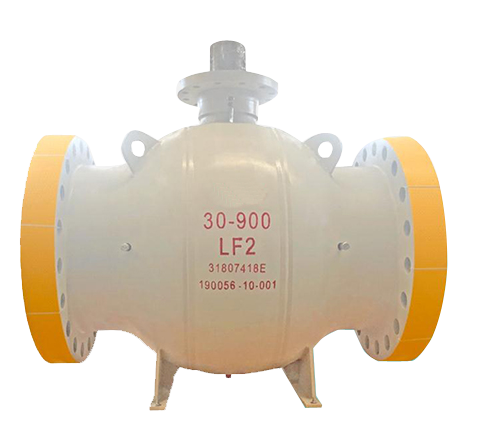A ball valve does not always need to be fully open, but whether it should be fully open or not depends on the application and the design of the valve.

1. Designed for On/Off Control
Ball valves are typically designed for full on/off control, meaning they function best when they are either fully open or fully closed. This is because they allow for minimal resistance to flow when fully open and provide a complete seal when fully closed. Operating a ball valve in a partially open position for extended periods can lead to issues like:
(1) Turbulent Flow: Partial opening can create turbulence, increasing wear on the valve and pipe.
(2) Damage to the Ball and Seals: The high velocity and turbulence near the partially open ball can cause damage to the sealing surfaces.
(3) Vibration and Noise: A partially open ball valve may cause vibration or noise due to the irregular flow.
2. Throttling Applications
Although ball valves are primarily used for on/off applications, they can be used for throttling (controlling flow) in certain cases. However, for precise flow control, globe valves or other throttling valves are more suitable because they are designed to handle partial openings without causing damage to the valve or creating inefficiencies in flow control.
3. Special Ball Valves for Throttling
Some ball valves are specifically designed with V-port balls or multi-port designs, which allow for better flow control when partially open. These valves provide more precise control over the flow compared to standard ball valves and can be safely used in a partially open position.
While a ball valve can operate in a partially open position, it is generally recommended to use it fully open or fully closed for optimal performance and longevity, unless it is a specialized ball valve designed for throttling. For precise flow regulation, other types of valves may be more appropriate.
